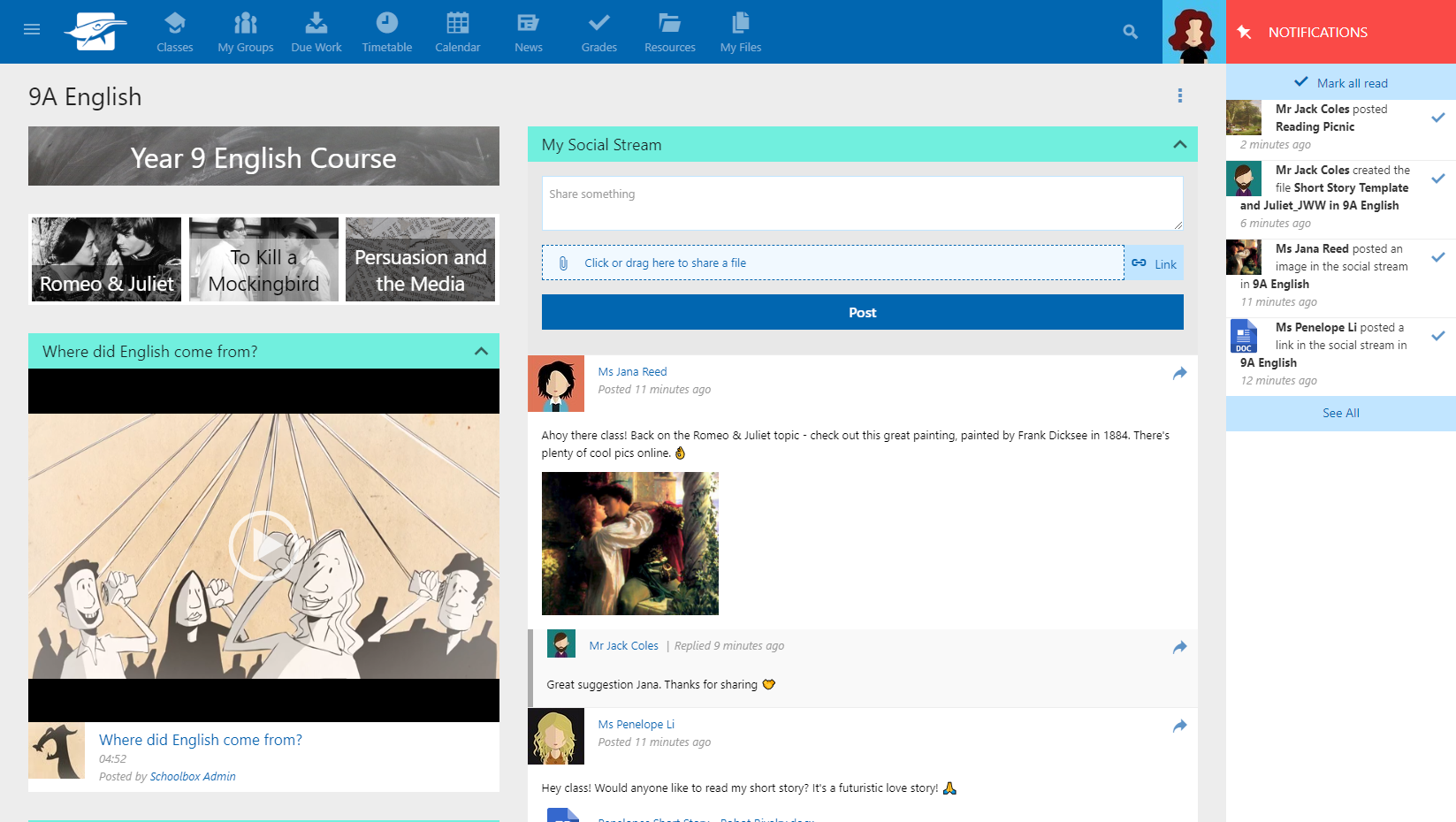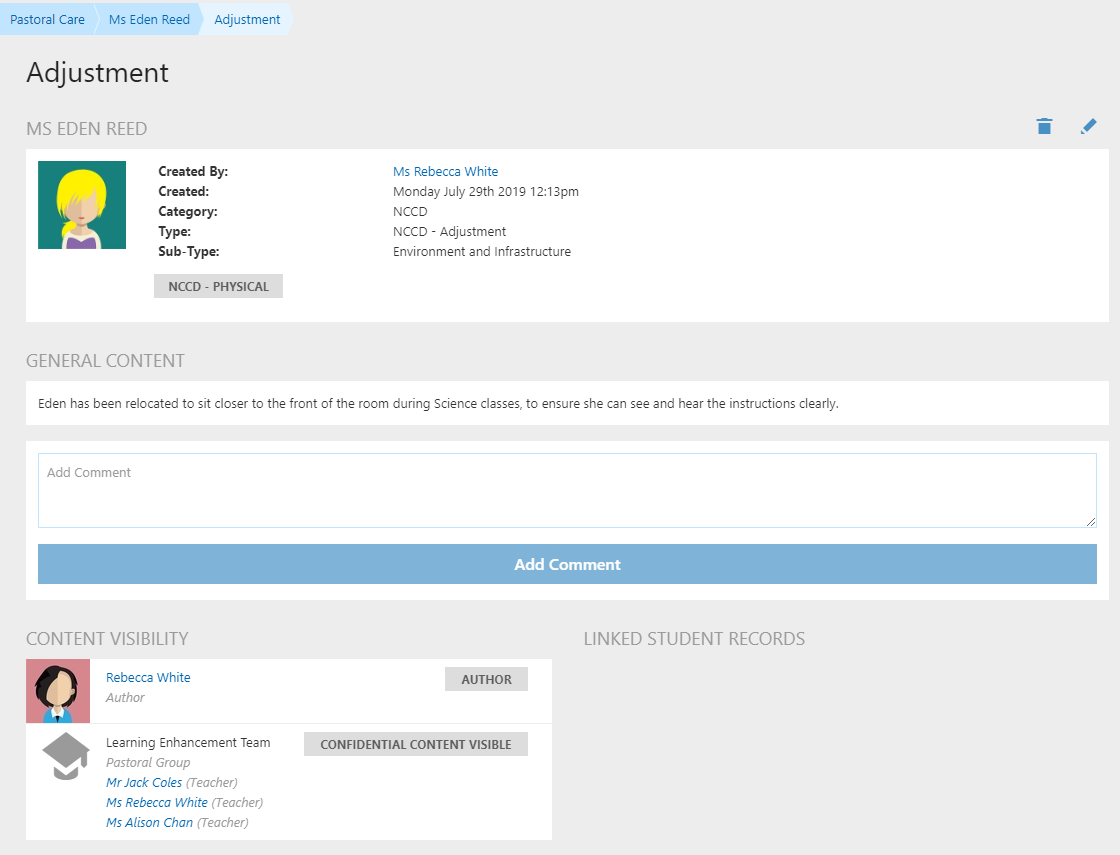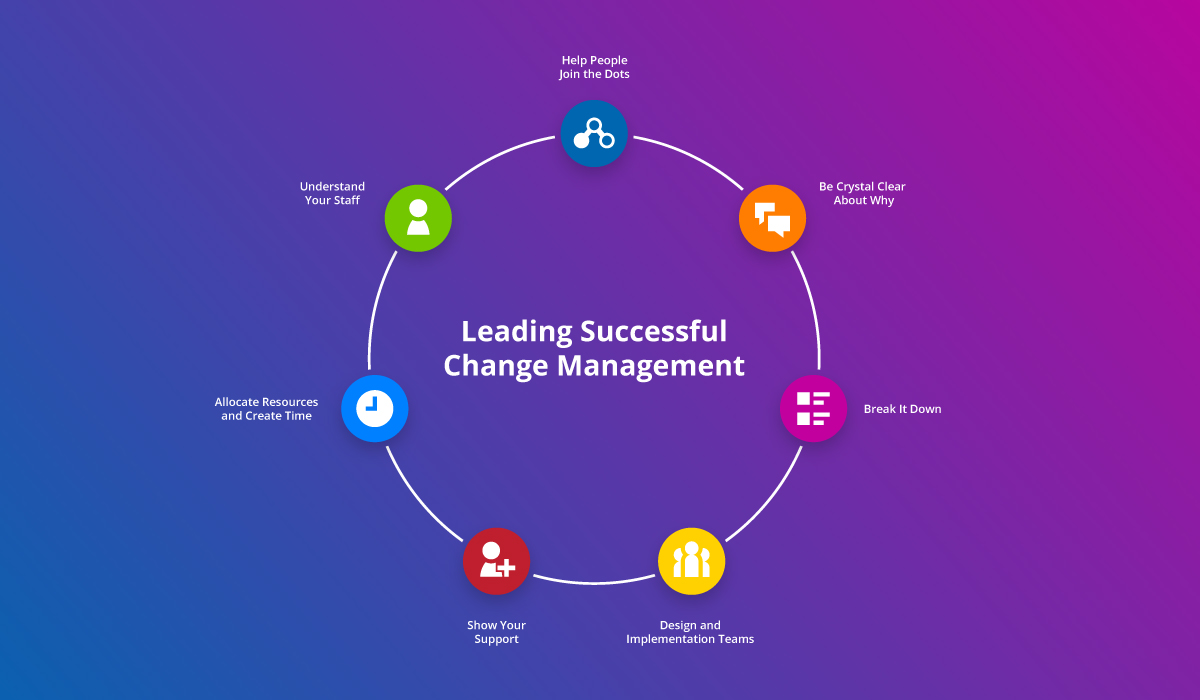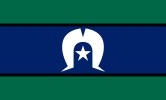The expectation on teachers to meet the learning needs of a diverse range of students and preparing them for their future in this ever-changing world is undoubtedly challenging.
As dedicated educators, we understand that every child is unique and that every young person has the right to a fair and equitable educational experience. We understand that education unlocks opportunities and that no matter their background, socio-economic status or aptitude, each child in our class is heavily influenced by what and how we teach them.

Where once a single curriculum was applied to a classroom full of students, contemporary education requires different approaches to suit the full spectrum of talents, abilities, backgrounds and learning styles. Our pedagogical practice must embrace the individuality of our students and must be underpinned by the principles of inclusivity. Whether students live in out-of-home care, are culturally or linguistically diverse, have a disability, live in rural or remote areas, and so on, they are offered opportunities and support mechanisms in inclusive environments to suit their individual educational requirements.
Principles of Inclusivity

Inclusivity is an overarching educational agendum, inalienably linked with the very concept of the word education, which pursues the ideal that every child has equitable access to teachers, resources and a safe learning environment.
We know this. But, how do we actually go about it? How do we design educational programs which focus on the learning needs of each student? How do we meet those needs and measure those outcomes?
Sometimes, it’s difficult to know where to start but the following are some tips on how a modern Learning Management System (LMS) such as Schoolbox can support inclusive education practices, and make things “do-able” for teachers.
Contemporary learning platforms not only allow for individualised learning and assessment but they embrace the concept of inclusivity, and in doing so, mindful of student privacy and confidentiality principles.
A Multimodal Approach to Teaching and Learning
Engaging students, stimulating interest and ensuring understanding of what is being presented can be very challenging. This is where utilising multimodal strategies for content delivery can assist. But what are multimodal strategies? Simply put, they are different forms of media used for imparting information, ideas, or to inspire thinking or creativity, made up of text, images, audio, video and/or interactive elements.
A multimodal approach can work two ways:
- Students can produce their own content; and/or
- Students can participate in learning using various media.
Schoolbox allows for content design to be tailored to suit the learner. Material can be created at course, unit and class page levels via text, images, video, links and embedded 3rd party learning platforms. Students can contribute to their own learning through collaboration with teachers and each other via forums and blog components.

Example: Schoolbox Class Page
Individualised Learning Programs (ILP) or Individualised Education Programs (IEP)
Where required, students may be assigned an ILP or IEP, tailoring teaching and learning to a specific need. Resources, activities and assessments can be modified in such a way that privacy is maintained and that the associated activities are accessed only by nominated students.
Differentiated options are made easy in Schoolbox by adapting content, resources, activities and assessments at the unit and class page levels.
Modified Assessments
Just as learning styles differ, students may need a different approach to assess their learning outcomes.
Differentiated assignments can be produced seamlessly in Schoolbox. Teachers create a standard piece of assessment at the unit page level and once it has been exported to a class of students, assessments can be modified for individuals or groups.

Example: Custom Participation in Schoolbox
Assessment responses can be submitted online via text, images, links, audio and video files, or, if students are unable to submit themselves, teachers can do so on their behalf.
Providing Feedback
Continuous or progressive feedback allows for students to gain an understanding of how they’re tracking on their learning continuum. It provides point-in-time evaluations and advice on potential improvement. It is a powerful tool to assist learners because it is individualised and time-stamped.

Example: Individualised Feedback in Schoolbox
The traditional model of an end-of-period report which provides a snapshot of past student achievement to a point in time, is being enhanced or even overshadowed by continuous feedback models.
Feedback can be delivered to students as a set of marks, comparative results or standards achieved and with an online platform like Schoolbox, schools can customise the way in which feedback is delivered. It can be instantaneous, at the point of marking, or can be held back and produced in report form, whichever method the school determines is most suitable for their students.
NCCD Compliance
For Australian schools, the Nationally Consistent Collection of Data (NCCD) provides an overarching government agenda which demands accessibility and participation for all students on an equitable basis, regardless of their abilities. Compliance with NCCD has become a critical process for schools to follow and is closely tied to funding models. Therefore, it is imperative for NCCD records to be accurate, up-to-date and ready for auditing purposes.
To comply with Nationally Consistent Collection of Data (NCCD) requirements, teachers must show evidence of adjustments made in the classroom, tailored learning and modified assessments, depending on the type and extent of disability.
Often this can equate to a great deal more work. However, Schoolbox makes life easier for those complying with national requirements. The pastoral care module in Schoolbox assists teachers in recording and keeping required notes and records for NCCD purposes. Records of adjustments can be attached to a student record easily and are accessible by those who require the associated information.

Example: NCCD Adjustment in Schoolbox
All-in-one Teaching and Learning Platform
Today’s educational environment demands more from teachers than ever before and inclusive education is a significant area which involves much time, energy, planning, flexibility and creativity.
Schoolbox is an all-in-one teaching and learning platform that supports teachers to design content, activities and assessments that are tailored to student requirements, as well as providing a user-friendly experience for students to access and expand their learning.
To learn more, contact us today and speak to one of our friendly Schoolbox staff members!
If you want to read more about inclusive education practices, check out our other resources:





